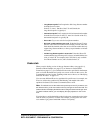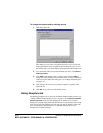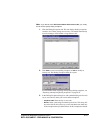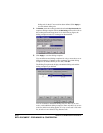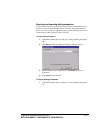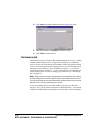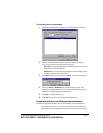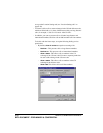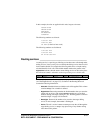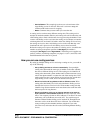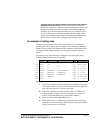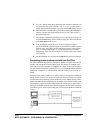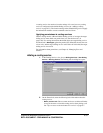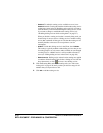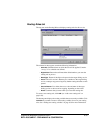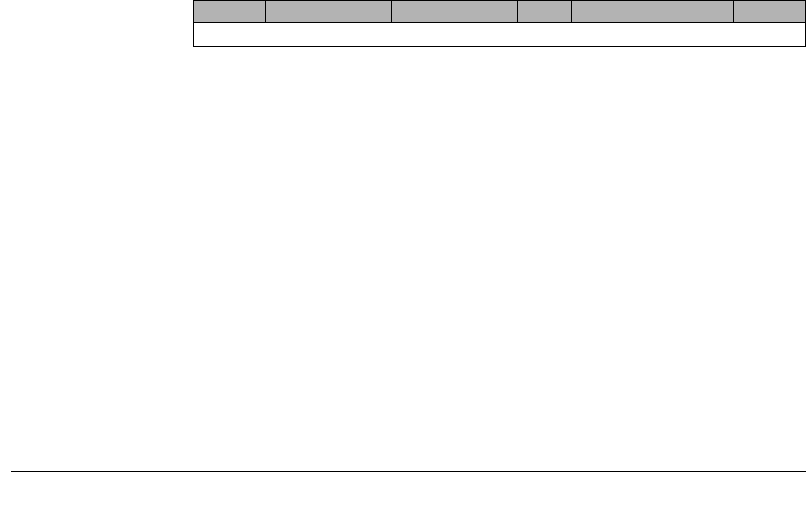
CHAPTER 8. MANAGING OUTBOUND CALLS 8-29
BETA DOCUMENT - PRELIMINARY & CONFIDENTIAL
In this example, the rules are applied in this order, longest to shortest:
1330531—allow
1440674—allow
1800—allow
011—disallow
1—disallow
The following numbers are allowed:
1 330 531 1234
1 800 123 4567
731 4521
(in the local area code)
The following numbers are disallowed:
1 347 555 1212
1 330 532 1212
011 44 181 555 1212
Routing services ______________________________________
A routing service is a special type of dialing service that routes calls through other
dialing services. It uses routing rules to identify the dialing services that are valid
for the number dialed. For example the following table shows a simple routing
rule that identifies local calls. If the dialed number matches the pattern in the
digits dialed column, then the
Local calls
dialing service can be used to place
the call.
Local calls
is referred to as the target dialing service for this rule.
This example shows the rule as it would be displayed in the Routing Rules tab
(see “Routing Rules tab” on page 8-35). Columns in the Routing Rules tab
contain the following information:
n Schedule. Scheduled times at which the rule will be applied. This column
contains
Always
if no schedule is defined.
n Digits dialed. Pattern that matches the dialed numbers that you want the
routing rule to process. The pattern
Nxxxxxx
matches any seven-digit
number starting with digits
2
through
9
. See “Defining patterns to match
the dialed digits” on page 8-38 for details.
n New digits. Pattern of the number to be passed to the target dialing
service. In this example, the number is unchanged.
n Action. The rule’s action is
Route
to attempt to route the call through the
target dialing service, or
Stop
to stop processing of any further routing
rules that use this pattern.
Schedule
Digits dialed
New digits Action Service/Reason Notes
Always Nxxxxxx Nxxxxxx Route 76 - Local calls



